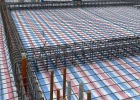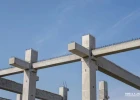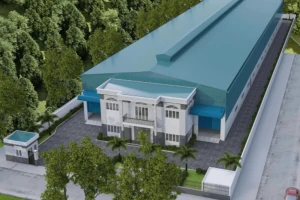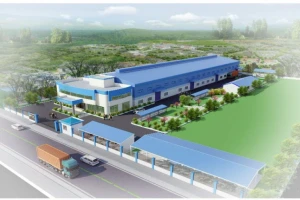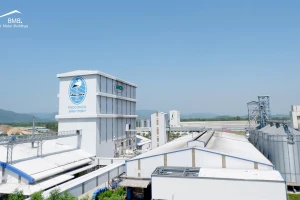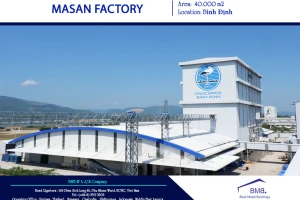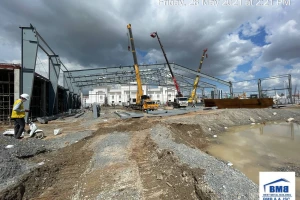National standards and regulations on constructing industrial zones
What standards must constructing industrial zones follow? Below are regulations and standards that you should learn about.
1. National technical regulation on constructing industrial zones
Nowadays, in accordance with economic renovation and development, numerous technical regulations are enacted and implemented widely among construction companies. Most terms and conditions included in the regulations concern occupation safety, firefighting prevention, sanitation, etc.
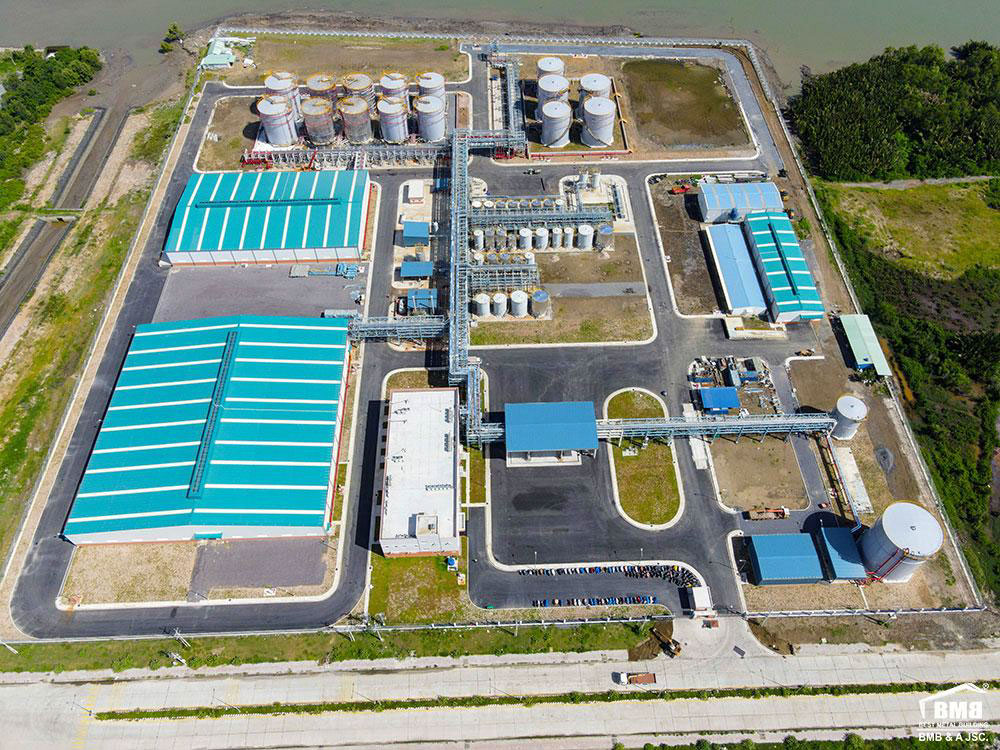
The designing and constructing process must strictly follow domestic standards about Constructing Planning QCXDVN 01:2008/BXD enacted by the Ministry of Construction along with Decision No. 04/2008/QĐ-BXD passed on 2008 April 3rd as well as other compulsory regulations. The scope of application depends on owners’ and construction companies’ decisions.
2. Regulations on constructing industrial zone
2.1. General regulations on ensuring safety and protecting the environment
When in the process of constructing industrial zones, the company must ensure the system of machines and equipment meets safety standards and minimize the possibility of occupational accidents which severely damage the safety of workers.
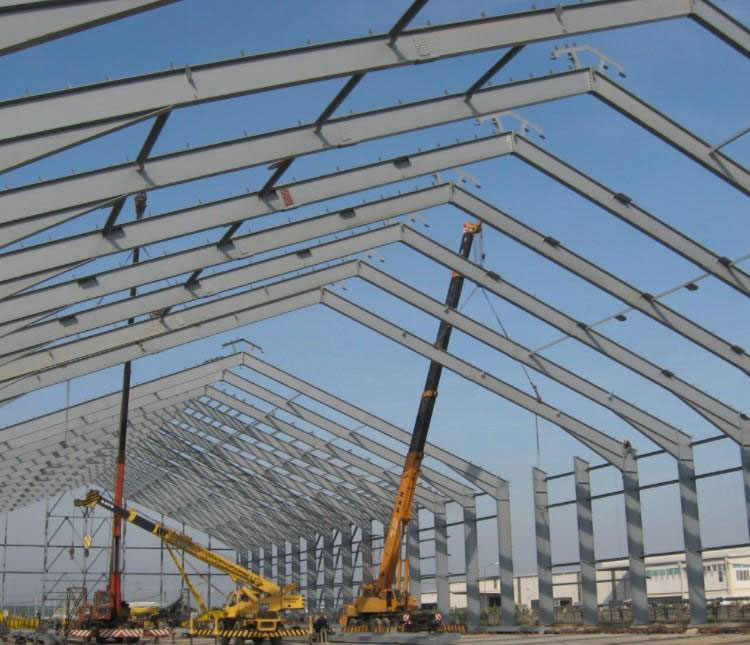
Sanitation of construction zones must always be under surveillance, preventing damaging the natural environment as well as surrounding residences. Companies must also emphasize the quality of the environment and avoid emitting waste garbage and toxic gas into the environment.
For some industrial zones, factories with high levels of hazard (level I or II), it is required to include construction planning for surroundings outside the construction area. Determining the toxicity level and safety distance must comply with regulations enacted by the Ministry of Science and Technology.
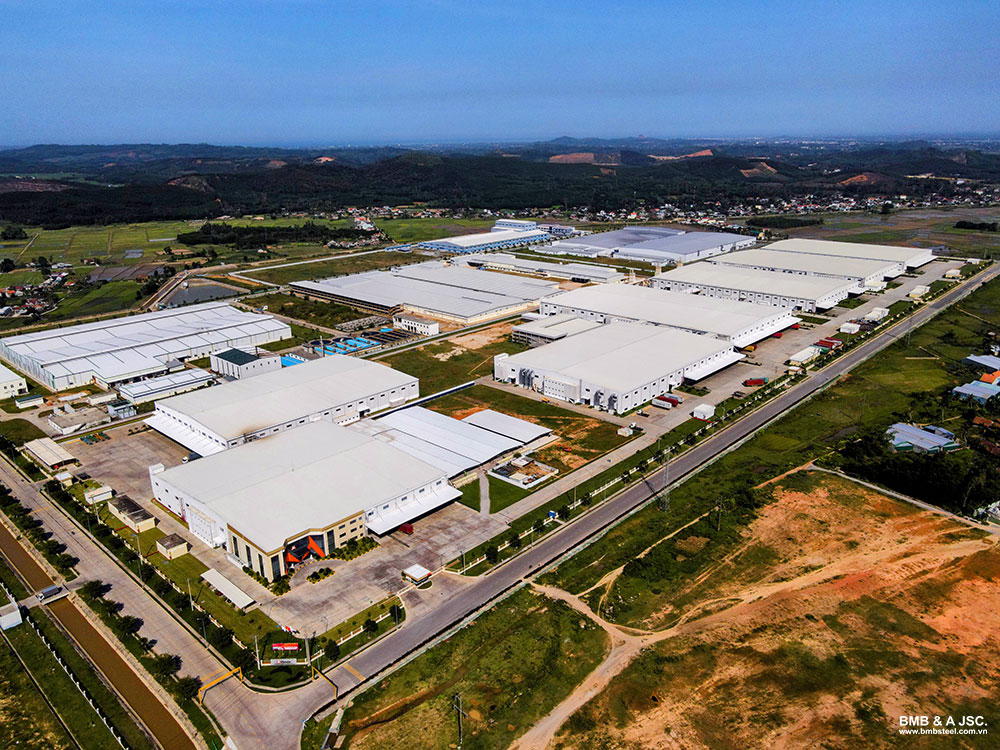
Notes: For cases without environmental impact assessments and similar projects as comparator measurements, values listed in Appendix 3 TCVN 4449:1987 can be used for reference.
Suppose there are residents included in the industrial zones, regulations mentioned in Section 2.2, Section 2.3, and Section 2.4 in QCVN 01:2019/BXD. For cases that include construction planning for residences inside the industrial zones, the construction process must follow Section 2.6 in QCVN 01:2019/BXD.
2.2. Environmental safety distance
As aforementioned information, factories being constructed that cause environmental pollution when in operation must be located at a distance that is safe enough for the surroundings.
One of the most effective solutions for ensuring construction safety is to equip it with trees around. Construction companies nowadays use campuses with at least 10 meters in width growing trees in order to isolate the factories from the surrounding areas as well as limit their negative impacts on the environment.
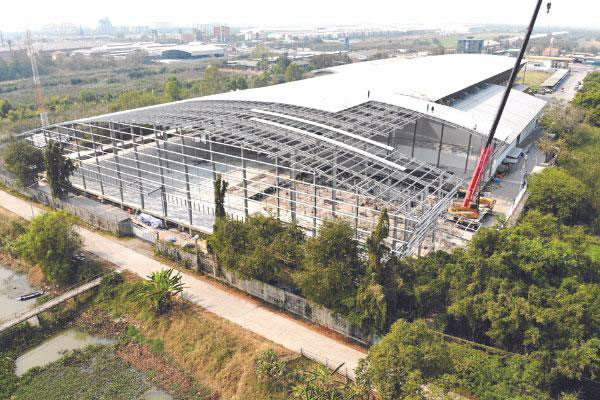
According to regulations in QCVN 01:2019/BXD, environmental safety distance related to industrial zones is planned for building infrastructures such as roads, parking lots, security offices, gates, barriers, power supply systems, sewage treatment plants, sewage treatment stations, solid waste treatment plants, solid waste treatment stations, production systems, and garbage storages.
Besides, it is forbidden to include residential buildings within the environmental safety area.
2.3. The use of land
The planning of using land before starting processing the construction also requires comprehensive evaluation in order to see if the area is cut out for and has the potential for building an industrial zone in the future.
Regarding land used for the construction area, each type of soil has its own unique characteristics. The proportion of land used for construction in different areas, such as industrial zones, high-tech zones, and export processing zones differs depending on the nature of the operation, production, and total land area.
But, generally, they must strictly follow the technical requirements below:
|
Types of soil |
Proportion (%) |
|
Technical Zone |
1 |
|
Green Tree |
10 |
|
Transportation |
10 |
Notes: The area of land used for planting trees and building roads does not include land used for planting trees and building roads inside the campus.
The maximum density of land plots for factories is 70%. For land plots with at least 5 production floors, the maximum density of land plots is 60%. Above is all information about national regulations on construction planning that a company must learn about when processing your construction. We hope that it is helpful for you. Visit our website at BMB Steel for further related information.










